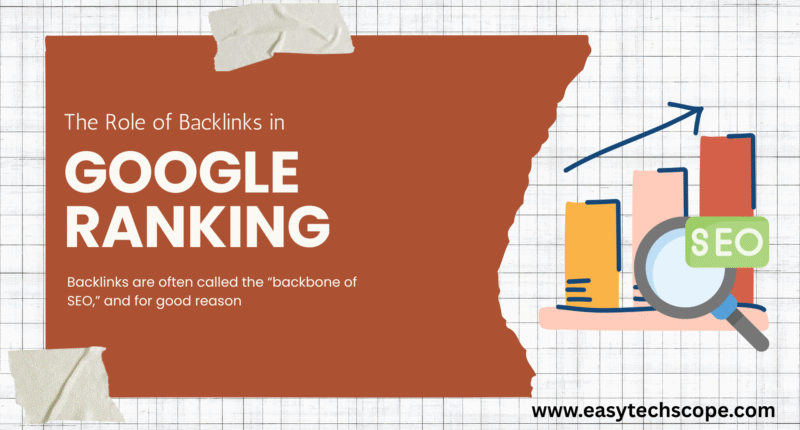Backlinks are often called the “backbone of SEO,” and for good reason. They act as votes of confidence from one website to another, signaling to Google that your content is valuable and trustworthy. If you want to improve your website’s visibility, understanding the role of backlinks in Google ranking is essential.
What Are Backlinks and Why Do They Matter?
A backlink is simply a link from one website to another. Google uses backlinks as a measure of authority, relevance, and trustworthiness. When multiple reputable sites link to your content, search engines see your website as a credible source of information.
Here’s why backlinks matter:
-
They improve your domain authority.
-
They help Google discover and index your pages faster.
-
They drive referral traffic directly from other websites.
-
They influence where your site ranks in search results.
In short, without backlinks, ranking on competitive keywords can be very challenging.
Types of Backlinks
Not all backlinks are created equal. Here are the main types:
1. High-Quality Backlinks
Links from reputable, niche-relevant websites carry the most weight. For example, if a top tech blog links to your tech article, it’s a strong signal to Google.
2. Do-Follow vs. No-Follow Links
-
Do-Follow Links pass SEO authority to your site.
-
No-Follow Links don’t directly pass authority but can still drive traffic and increase visibility.
3. Natural Backlinks
These are links earned organically when others find your content valuable enough to reference without you asking. Natural backlinks are the most powerful because they show genuine trust.
How Backlinks Affect Google Ranking
1. Authority and Trustworthiness
Google’s algorithm considers backlinks as votes of trust. A site with many high-quality backlinks is seen as more authoritative and likely to rank higher.
2. Relevance
Backlinks from websites in your niche or industry hold more weight than links from unrelated sites. For example, a fitness blog linking to a health article carries more value than a link from a random forum.
3. Anchor Text Optimization
The text used in a backlink (anchor text) helps Google understand what the linked page is about. Optimized anchor text improves your chances of ranking for targeted keywords.
4. Link Diversity
Having backlinks from a variety of domains, rather than just one or two, shows Google that your site is broadly trusted and relevant.
Best Practices for Building Backlinks
-
Create high-quality content that others naturally want to reference.
-
Engage in guest posting on reputable blogs within your niche.
-
Use broken link building by finding and replacing outdated links with your own content.
-
Build relationships with bloggers, influencers, and journalists.
-
Avoid spammy tactics, as low-quality links can harm your SEO.
Final Thoughts
Backlinks remain a cornerstone of Google’s ranking algorithm. They enhance your site’s authority, improve search visibility, and drive referral traffic. By focusing on high-quality, relevant, and natural backlinks, you can strengthen your SEO strategy and achieve long-term success.








